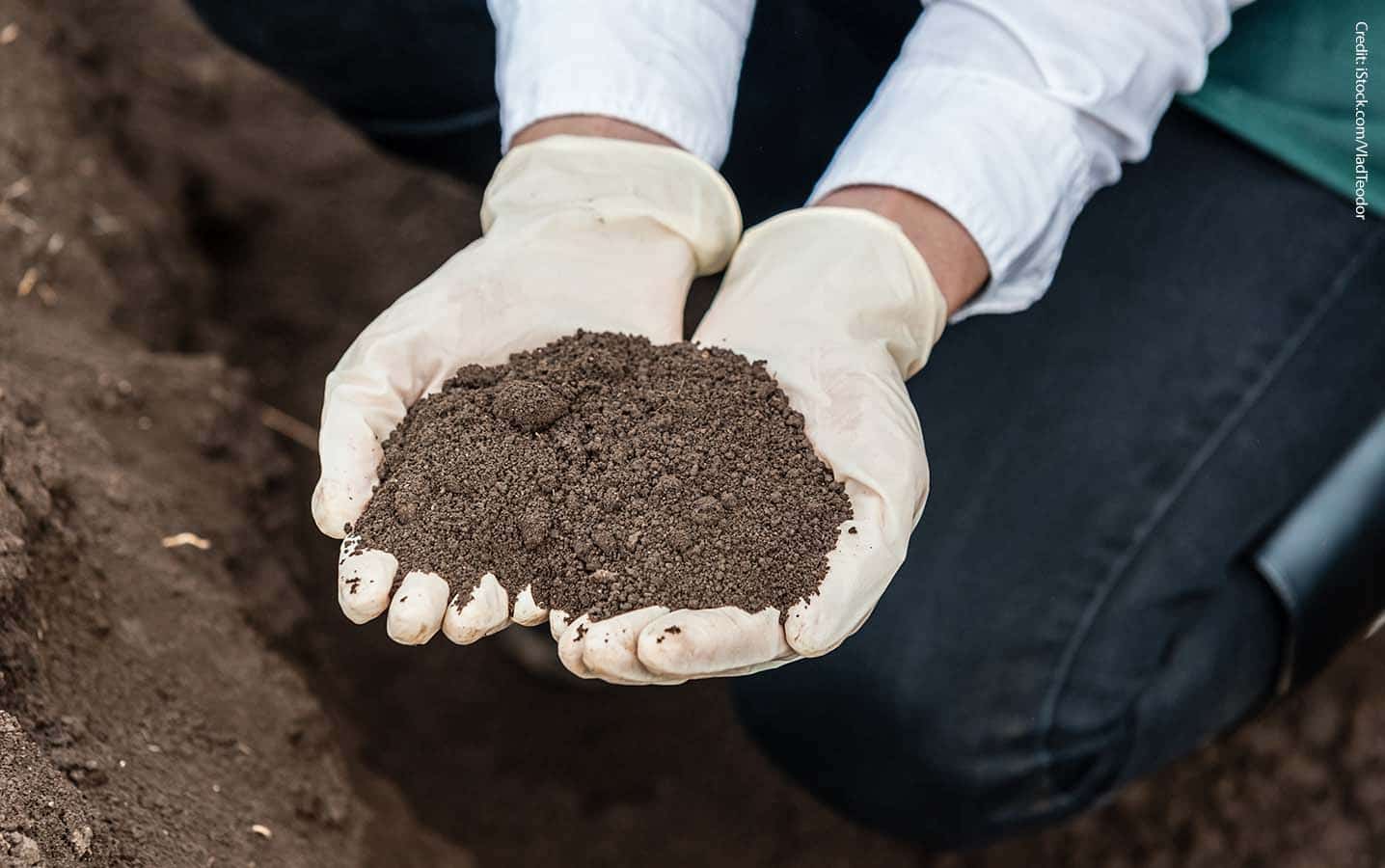Use soil tests to take advantage of a challenging year
The principles of 4R nutrient management include a couple of jobs that could be done in the fall. One is soil testing – a relatively easy practice that doesn’t require a large investment. The other is fall banding of nitrogen. Some Novembers provide weather suitable for both of these jobs. Soil tests for sure.
Soil analysis is useful every year, but may be especially useful this year with low and variable yields due to drought. Results should show higher nutrient reserves and lower required fertilizer rates for 2022.
Soil test tips
Collect fall soil samples once the soil has cooled to at least 10°C. Cool soils reduce the microbial activity that can mobilize nutrients. By waiting until this activity slows down, the soil test result will be a more accurate indicator of nutrient levels next spring.
One composite sample per field can provide a general impression of soil nutrient levels. For the composite, take 15-20 sub-samples from the most productive areas – not hill tops, not low spots, not saline areas. Before blending these sub-samples to make the composite, divide each core into two or three soil depths and put them into separate pails. Three suggested depths would be zero-to-six inches, six-12 inches and 12-24 inches. Two depths would be zero-to-six and six-to-24. With the 15-20 sub-samples separated by depth, blend those samples to create one composite sample per depth. Submit each depth in its own sample bag.
For more precision, sample based on common zones within the field. Zones are generally based on productivity differences – often the result of soil characteristics, drainage or elevation. Three zones could be hilltop, mid-slope and low-lying areas. Follow sampling methods described above for each zone. This could mean up to nine samples per field (three depths for three zones), but this method can provide meaningful results for fields with higher levels of soil variability, and can point to the value of variable-rate application. This approach may also provide some insight into yield variability exacerbated by drought conditions in 2021.
Variable-rate application doesn’t have to be complicated. For a low-tech option, growers could dial down nitrogen rates while passing over low-producing areas like saline areas and hilltops, or in areas that have higher levels of residual nitrogen following a challenging year.
4Rs for fall fertilizer application
The four Rs are “Right Source at the Right Rate, Right Time, Right Place”.
Right Source. When making a fall application of nitrogen, the best sources are urea or anhydrous ammonia. Urease and nitrification inhibitors can reduce the risk of loss. Ask the fertilizer supplier about options. In fall, avoid nitrogen sources that contain nitrate, such as UAN, as this more mobile form of nitrogen can be lost over the winter.
Right Rate. This is where the soil test comes in. For canola, we encourage a rate specific to the needs and yield potential of each field. If fertilizer blends specific to each field are not logistically possible, apply the blend at different rates to match the yield goal for each field.
Right Time. While spring is the ideal time from a 4R perspective, fall application can be a good plan B if logistics make it a challenge to apply enough nitrogen in spring. Make fall applications after soil temperatures have cooled to less than 10°C on well-drained sites and even cooler in high-moisture areas. Cool temperatures significantly reduce losses by reducing the rate of change from ammonium to the more loss-prone nitrate form.
Before fall applications this year, note that soil disturbance will reduce the snow- trapping capacity of stubble heading into winter. This moisture could be valuable after a drier-than-normal year. Also, if soils are too dry to provide a proper seal of the band, you may need to wait for better conditions.
Right Place. Sub-surface bands reduce losses that can occur with surface applications. This is especially true for fall applications. Band at least two inches deep and space bands no more than 18” apart for cereals and oilseed crops.
Before banding, consider soil moisture. Banding in dry soils can also increase gassing-off losses because soil does not provide a proper seal on the band. For anhydrous ammonia application into dry soils, go deeper (four inches or so) into moisture to reduce losses. Banding in wet soil conditions can also increase losses if the soil does not close well over the band.
Surface spreading of nitrogen fertilizer in the fall can lead to major losses. Broadcast nitrogen should be incorporated, which will require greater soil disturbance, or include urease and nitrification inhibitors (as described under “Right Source”) to reduce those losses. Once soils freeze or become permanently snow covered, nitrogen should no longer be broadcast, even when using an enhanced source.





